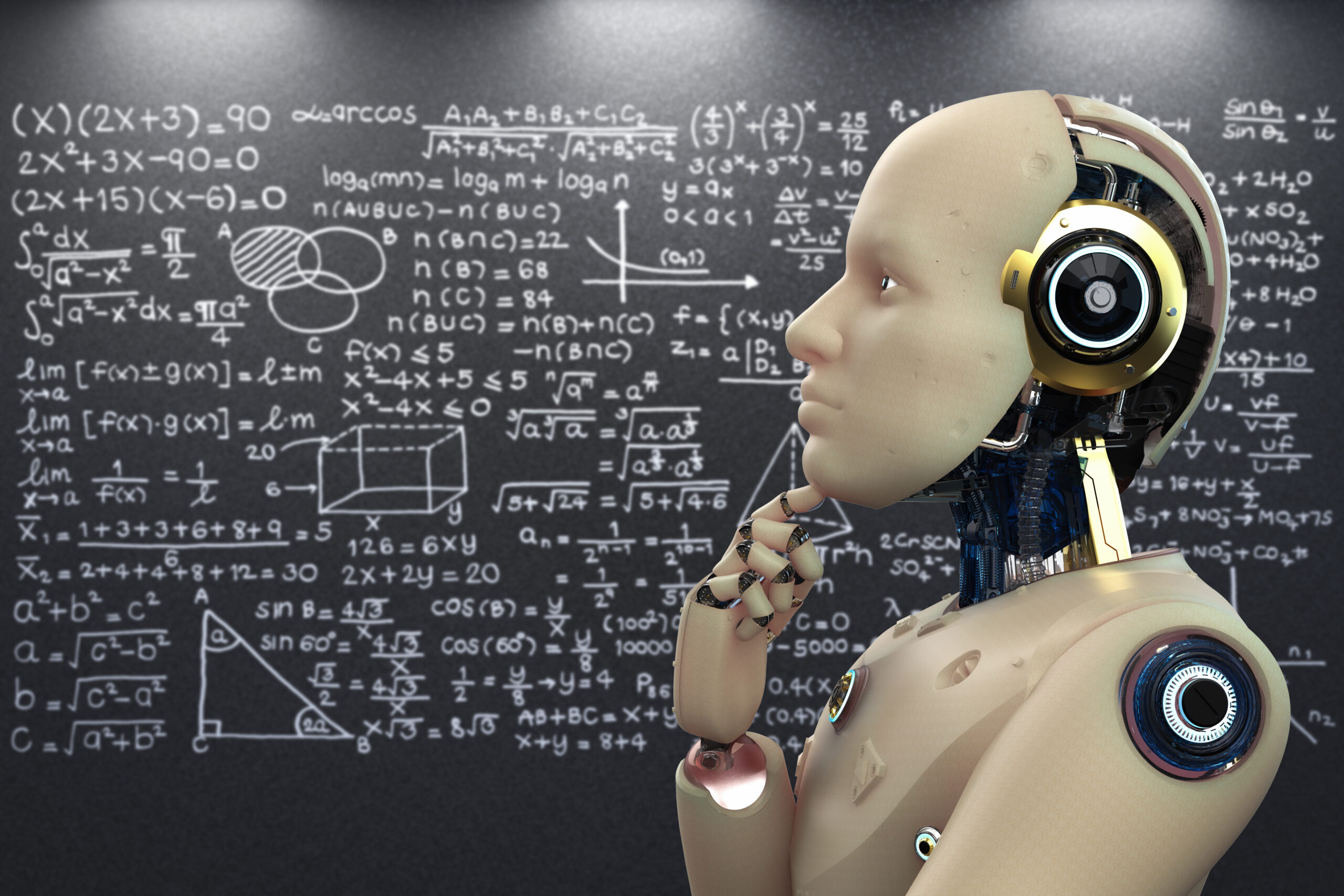In today’s fast-paced digital era, the realm of machine learning algorithms has emerged as a game-changer in various industries. These intelligent algorithms have revolutionized the way we analyze data, make predictions, and automate complex tasks. From recommendation systems to fraud detection and image recognition, machine learning algorithms have become indispensable tools for organizations seeking to gain a competitive edge. In this article, we will delve into the fascinating world of machine learning algorithms, exploring their types, applications, and potential for shaping the future. So, let’s embark on this journey of discovery!
Understanding Machine Learning Algorithms
Machine learning algorithms are computational models designed to learn from data and make accurate predictions or decisions without explicit programming instructions. These algorithms leverage statistical techniques to identify patterns, extract meaningful insights, and perform complex tasks. By analyzing vast amounts of data, machine learning algorithms can uncover hidden relationships, automate repetitive processes, and optimize decision-making.
Supervised Learning: Making Predictions with Labeled Data

Supervised learning is a type of machine learning algorithm where the model is trained using labeled data. The algorithm learns from the input-output pairs to make predictions or classify new, unseen data. It maps the input variables to the corresponding output based on the patterns observed during training. Supervised learning algorithms include linear regression, logistic regression, support vector machines, and neural networks.
Unsupervised Learning: Discovering Hidden Patterns in Data
Unlike supervised learning, unsupervised learning algorithms work with unlabeled data. These algorithms aim to discover inherent patterns or structures within the data without any pre-existing knowledge. Unsupervised learning techniques include clustering algorithms, such as k-means clustering and hierarchical clustering, as well as dimensionality reduction methods like principal component analysis (PCA) and t-distributed stochastic neighbor embedding (t-SNE).
Reinforcement Learning: Learning through Trial and Error

Reinforcement learning is a branch of machine learning where an agent learns to interact with an environment and maximize its performance by receiving feedback in the form of rewards or penalties. The agent explores the environment, takes actions, and learns from the consequences of its actions. Reinforcement learning algorithms have been successfully applied in areas such as game-playing, robotics, and autonomous vehicle control.
Deep Learning: Unleashing the Power of Neural Networks
Deep learning, inspired by the human brain’s neural networks, is a subfield of machine learning that focuses on training artificial neural networks with multiple layers. These deep neural networks can automatically learn hierarchical representations of data, allowing them to excel at tasks like image and speech recognition. Deep learning algorithms, such as convolutional neural networks (CNNs) and recurrent neural networks (RNNs), have achieved remarkable breakthroughs in various domains.
Decision Trees: Making Decisions Based on Data

Decision trees are tree-like structures that make decisions by evaluating different features of the input data. Each node represents a test on a specific feature, and the branches represent the possible outcomes of the test. Decision trees are intuitive and interpretable, making them useful for classification and regression tasks. Popular decision tree algorithms include ID3, C4.5, and CART.
Random Forests: Harnessing the Power of Ensemble Learning
Random forests are an ensemble learning method that combines multiple decision trees to make predictions. Each tree is trained on a different subset of the data, and the final prediction is obtained through voting or averaging. Random forests are known for their robustness, scalability, and ability to handle high-dimensional data. They are widely used for classification, regression, and outlier detection tasks.
Support Vector Machines: Classifying Data with Optimal Boundaries

Support Vector Machines (SVMs) are powerful machine-learning algorithms used for classification and regression tasks. SVMs aim to find an optimal hyperplane that separates different classes in the data, maximizing the margin between them. SVMs can handle linear and nonlinear classification problems through the use of kernel functions. They have proven effective in various domains, including image classification, text categorization, and bioinformatics.
Naive Bayes: Bayesian Inference for Classification
Naive Bayes is a simple yet effective probabilistic machine learning algorithm based on Bayes’ theorem. It assumes that the features are conditionally independent given the class label, making computation tractable. Naive Bayes classifiers are widely used for text classification, spam filtering, and sentiment analysis. Despite their naive assumption, they often yield competitive results and are computationally efficient.
Clustering Algorithms: Grouping Data Points

Clustering algorithms aim to group similar data points together based on their intrinsic characteristics. These algorithms help identify patterns or clusters within unlabeled data. Popular clustering algorithms include k-means clustering, which partitions the data into k clusters, and hierarchical clustering, which builds a hierarchy of clusters based on proximity. Clustering finds applications in customer segmentation, anomaly detection, and image segmentation.
Dimensionality Reduction: Simplifying Complex Data
Dimensionality reduction techniques aim to reduce the number of variables or features in a dataset while preserving its essential information. These techniques help overcome the curse of dimensionality and facilitate data visualization, compression, and efficient computation. Principal Component Analysis (PCA), t-SNE, and Autoencoders have commonly used dimensionality reduction algorithms.
Natural Language Processing: Understanding Human Language

Natural Language Processing (NLP) encompasses a set of techniques that enable machines to understand and process human language. NLP algorithms leverage machine learning to perform tasks such as sentiment analysis, named entity recognition, machine translation, and chatbot development. NLP has revolutionized industries like customer service, content generation, and information retrieval.
Recommendation Systems: Personalizing User Experiences
Recommendation systems utilize machine learning algorithms to provide personalized suggestions or recommendations to users. These systems analyze user preferences, historical data, and other contextual information to generate relevant recommendations. Collaborative filtering, content-based filtering, and hybrid approaches are commonly employed in recommendation systems. They are extensively used in e-commerce, streaming platforms, and social media applications.
Time Series Analysis: Predicting Future Trends

Time series analysis involves studying data collected over time to identify patterns, trends, and make predictions. Machine learning algorithms applied to time series data can forecast future values, detect anomalies, and uncover hidden patterns. Techniques like Autoregressive Integrated Moving Average (ARIMA), Exponential Smoothing (ETS), and Long Short-Term Memory (LSTM) networks are commonly used for time series analysis.
Final Thoughts
Machine learning algorithms have revolutionized the way we extract insights, make predictions, and automate complex tasks. From supervised and unsupervised learning to reinforcement learning and deep learning, the diverse range of algorithms provides powerful tools for tackling real-world challenges. The applications of machine learning algorithms span across various industries, including healthcare, finance, marketing, and beyond. As the field continues to advance, we can expect even more innovative algorithms that push the boundaries of intelligent automation.




